Home>Ideas and Tips>How To Design A Butterfly And Hummingbird Garden
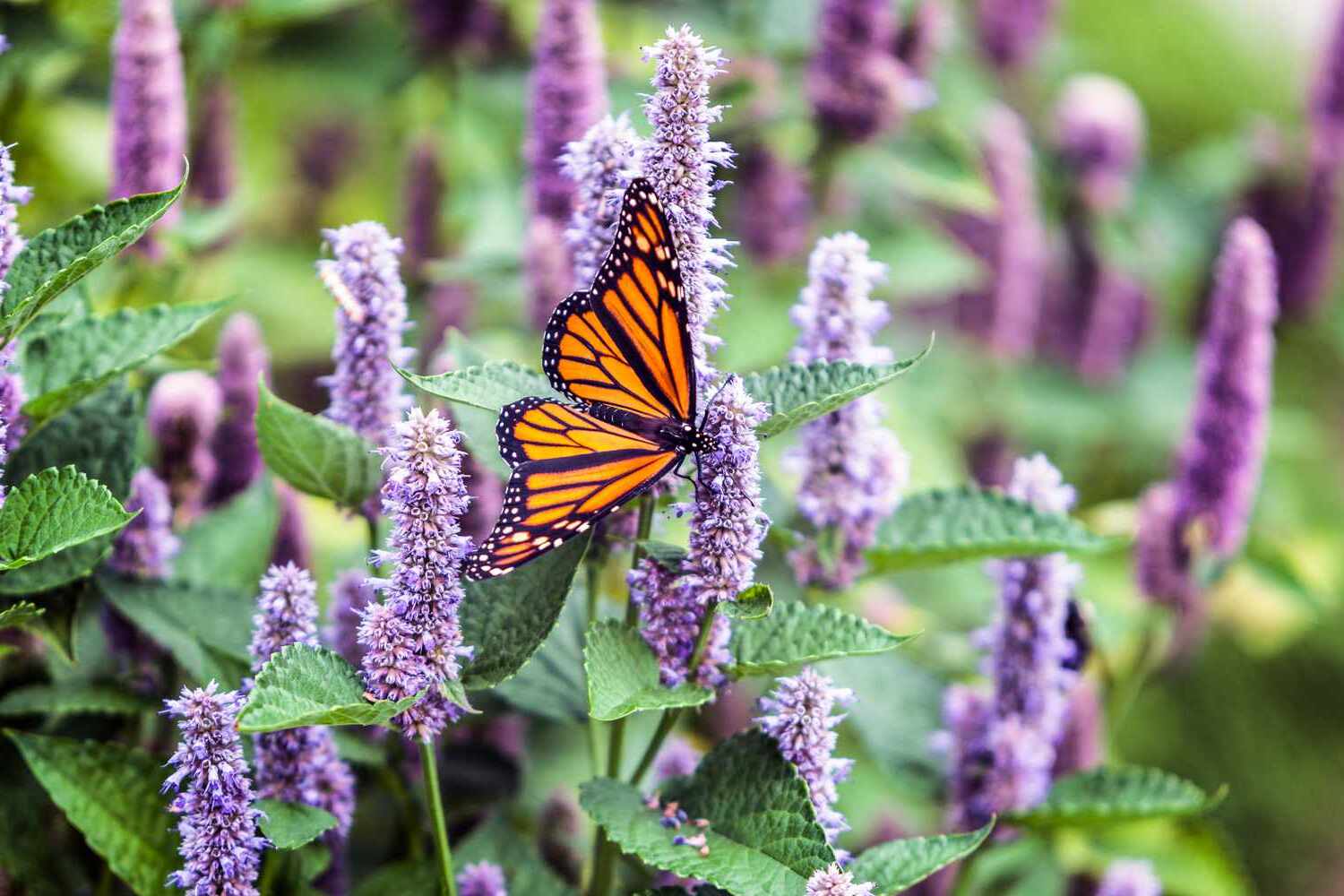

Ideas and Tips
How To Design A Butterfly And Hummingbird Garden
Published: September 19, 2024
Learn how to design a butterfly and hummingbird garden with our step-by-step guide. Create a vibrant, eco-friendly space that attracts these beautiful creatures.
(Many of the links in this article redirect to a specific reviewed product. Your purchase of these products through affiliate links helps to generate commission for Storables.com, at no extra cost. Learn more)
Creating a butterfly and hummingbird garden is a wonderful way to enhance your outdoor space while supporting the local ecosystem. These gardens provide a welcoming habitat for these beautiful creatures, offering them food, shelter, and water. In this article, we will guide you through the steps to design and maintain a thriving butterfly and hummingbird garden.
Planning Your Garden
Before you start planting, it is essential to plan your garden carefully. Here are some key considerations:
Read more: How To Design A Butterfly-Shaped Herb Garden
Choose the Right Spot
Select an area of your yard that is easily visible but not in a high-traffic area. This will ensure that you can enjoy the beauty of your garden without worrying about it being disturbed. The spot should also receive full sun, as most butterfly and hummingbird flowers require plenty of sunlight to bloom profusely.
Prepare the Soil
If the area is grassy, till the soil to remove any competition for the flowers. Rake the grass to ensure it is evenly distributed and then till it again. This will help in creating a smooth surface for planting.
Add a Barrier to Keep Weeds at Bay
Cover the soil with a porous barrier that will allow water to penetrate but discourage weed and grass growth. This will help in maintaining the health of your plants and reducing the need for frequent weeding.
Add a Border
Use a border to demarcate the edge of your garden. This could be natural stone or cast pavers obtained at a garden center. A border not only adds aesthetic appeal but also helps in defining the space of your garden.
Read more: How To Design A Butterfly-Shaped Rain Garden
Selecting Plants
Choosing the right plants is crucial for attracting butterflies and hummingbirds. Here are some tips:
Choose Plants That Suit the Space
Select plants that have a long blooming period and are compatible with each other. A collection could include:
- Joe Pye Weed: Known for its tall spikes of purple flowers, which attract butterflies.
- Sedum: A succulent that blooms in late summer with white, pink, or red flowers.
- Purple Coneflower: A perennial flower that attracts butterflies and hummingbirds.
- Salvia: A perennial herb that attracts both butterflies and hummingbirds.
- Petunia: A tender perennial flower that comes in various colors and attracts butterflies.
- Butterfly Bush: A shrub that produces long spikes of flowers in shades of pink, purple, and white.
- Lantana: An annual flower that attracts butterflies and hummingbirds.
- Aster: A perennial flower that comes in various colors and attracts butterflies.
- Black-Eyed Susan: A perennial flower that attracts butterflies and hummingbirds.
- Bee Balm: A perennial herb that attracts hummingbirds.
- Dahlia: A perennial flower that comes in various colors and attracts butterflies.
- Phlox: A perennial flower that attracts butterflies and hummingbirds.
- Marigolds: Annual flowers that attract butterflies.
- Cardinal Flower: A perennial flower that attracts hummingbirds.
Incorporate Wild Plants
When possible, use wild plants as they usually have sweeter nectar than domesticated varieties. Wild plants can add a natural touch to your garden and attract a variety of wildlife.
Consider Host Plants for Caterpillars
Butterflies need host plants for their caterpillars. For example, milkweed is essential for monarch butterflies, while parsley is a host plant for black swallowtail caterpillars.
Planting Your Garden
Once you have selected the plants, it's time to plant them. Here are some steps to follow:
Add Rocks for Drainage
Add a few scoops of small rocks to the bottom of your pots or garden beds to help with drainage. This will prevent waterlogged soil and ensure that your plants receive the right amount of moisture.
Fill with Potting Soil
Fill each container with potting soil. Make sure to mix in a slow-release fertilizer additive to provide nutrients to your plants over time.
Plant Your Flowers
Plant your flowers in clusters or drifts to create a visually appealing arrangement. Make sure to leave enough space between each plant so that they have room to grow without overcrowding.
Add Mulch
Apply mulch completely around the barrier and near the base of the plants to retard weed or grass growth. Mulch also helps in retaining moisture in the soil and regulating soil temperature.
Enhancing Your Garden
Once you have completed the basic installation of your garden, you can enhance it with various features:
Add a Hummingbird Feeder or Birdhouse
Hummingbirds are attracted to sugar water feeders, so consider adding one to your garden. You can also add a birdhouse to attract other birds and provide shelter for them.
Create a Puddling Station
Butterflies are attracted to mineral-laden water. Create a puddling station by filling a shallow dish with sand, gravel, and fresh water. This will provide butterflies with a source of minerals essential for their survival.
Incorporate a Birdbath
Hummingbirds enjoy flying through a gentle spray of water. Consider adding a birdbath or a fountain to your garden to provide them with this source of entertainment and hydration.
Add Garden Sculptures
Strategically placed garden sculptures can add to the mood and theme of your garden. They can serve as focal points or complement the natural beauty of your plants.
Maintaining Your Garden
Maintaining your butterfly and hummingbird garden is crucial for its health and attractiveness. Here are some tips:
Fertilize Regularly
Fertilize your plants regularly using organic products. Avoid using poisons as they can harm the very creatures you are trying to attract.
Water Properly
Water your plants properly, ensuring that the soil is not too dry or waterlogged. Use a drip irrigation system if possible to conserve water and reduce evaporation.
Monitor for Pests
Monitor your garden regularly for pests and diseases. Use natural methods to control them, such as introducing beneficial insects or using neem oil.
Add More Plants
As your garden evolves, add more plants that attract butterflies and hummingbirds. This will ensure that your garden remains a welcoming habitat for these creatures throughout the year.
Conclusion
Creating a butterfly and hummingbird garden is a rewarding experience that not only enhances your outdoor space but also supports the local ecosystem. By following these steps—choosing the right spot, preparing the soil, selecting suitable plants, planting them properly, enhancing the garden with various features, and maintaining it regularly—you can create a thriving garden that attracts these beautiful creatures. Remember to always use organic products and avoid poisons to ensure the health and safety of your garden's inhabitants. With patience and dedication, you can enjoy the beauty of butterflies and hummingbirds in your very own garden.
Was this page helpful?
At Storables.com, we guarantee accurate and reliable information. Our content, validated by Expert Board Contributors, is crafted following stringent Editorial Policies. We're committed to providing you with well-researched, expert-backed insights for all your informational needs.
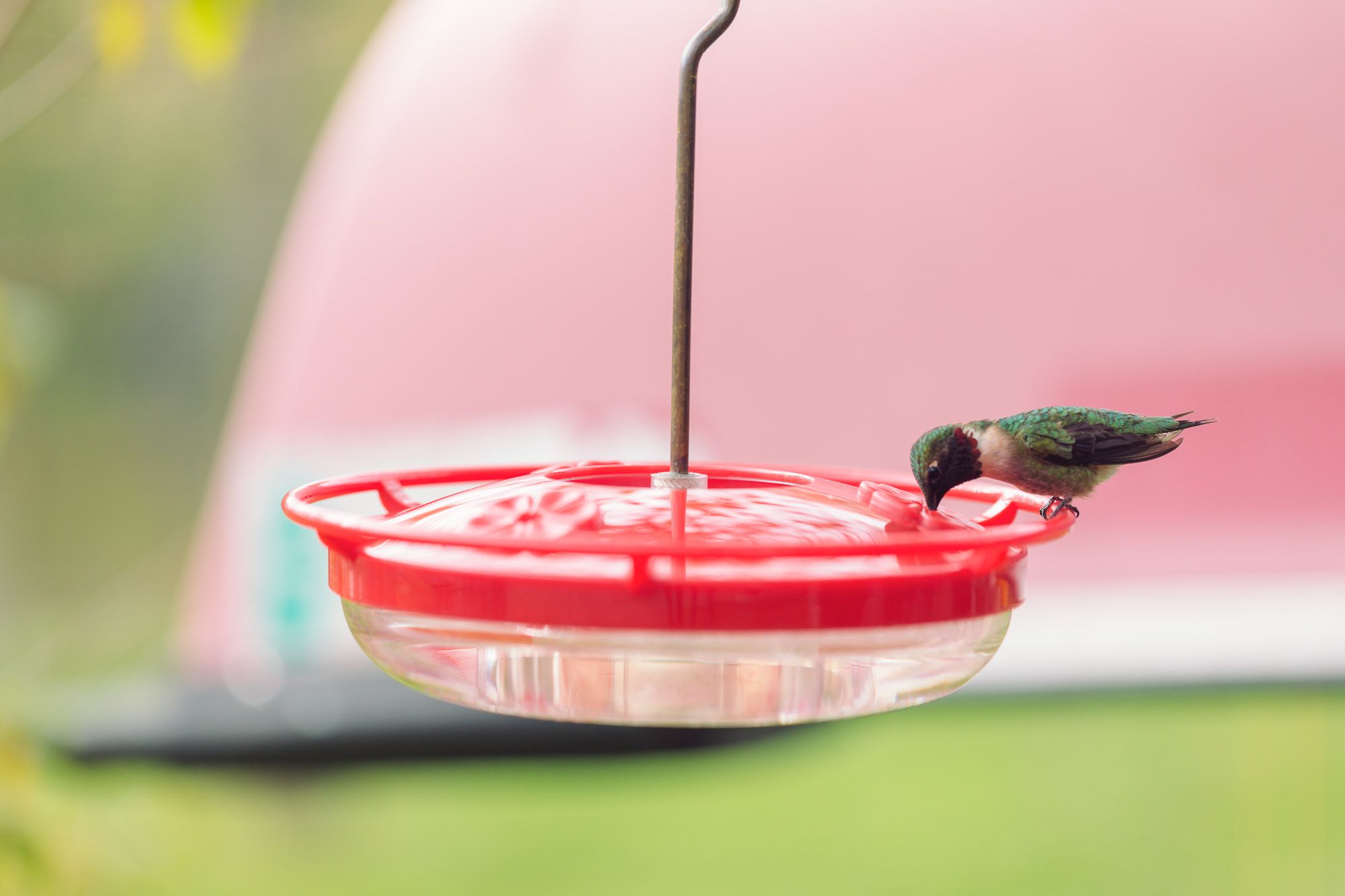
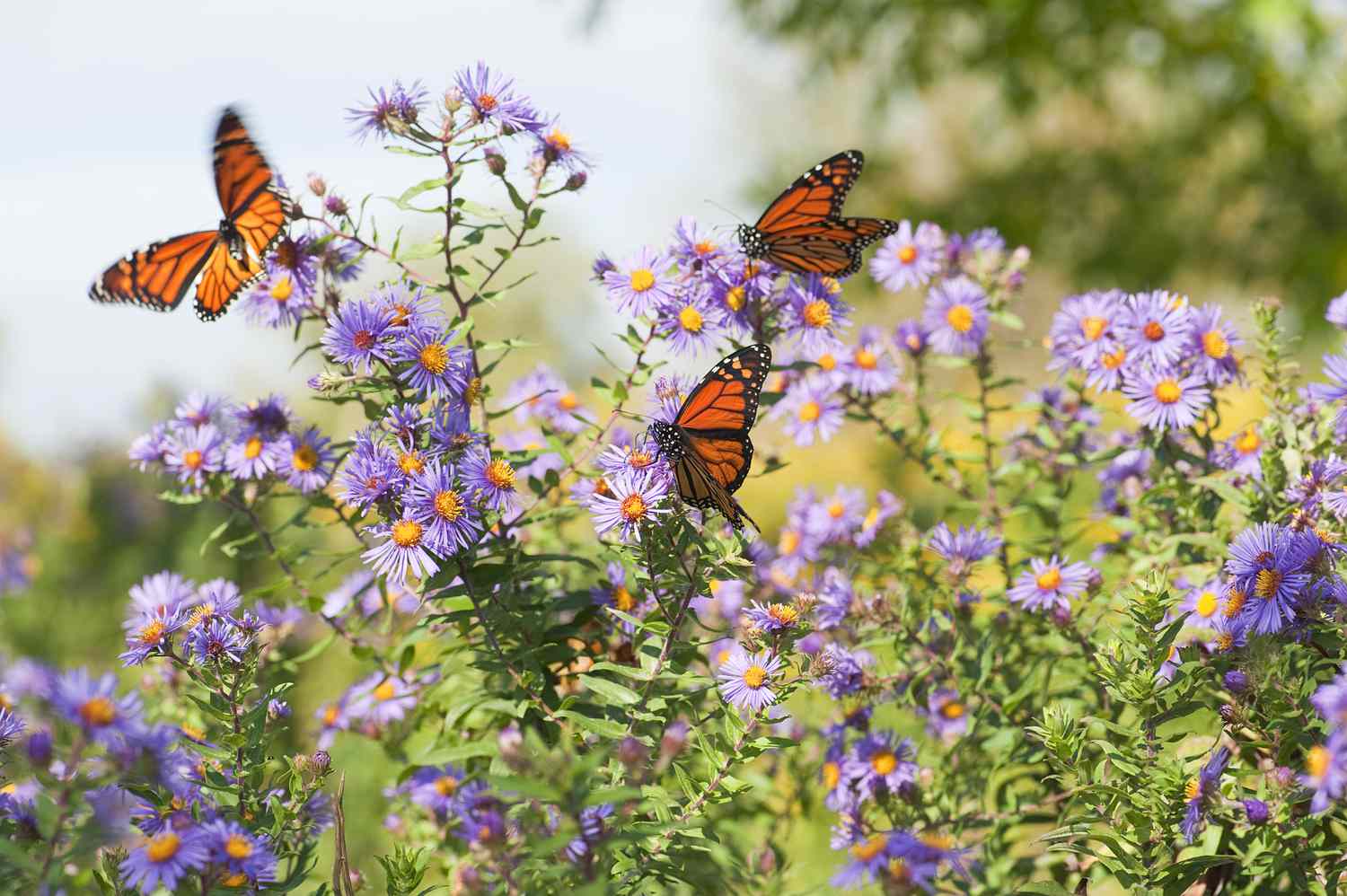
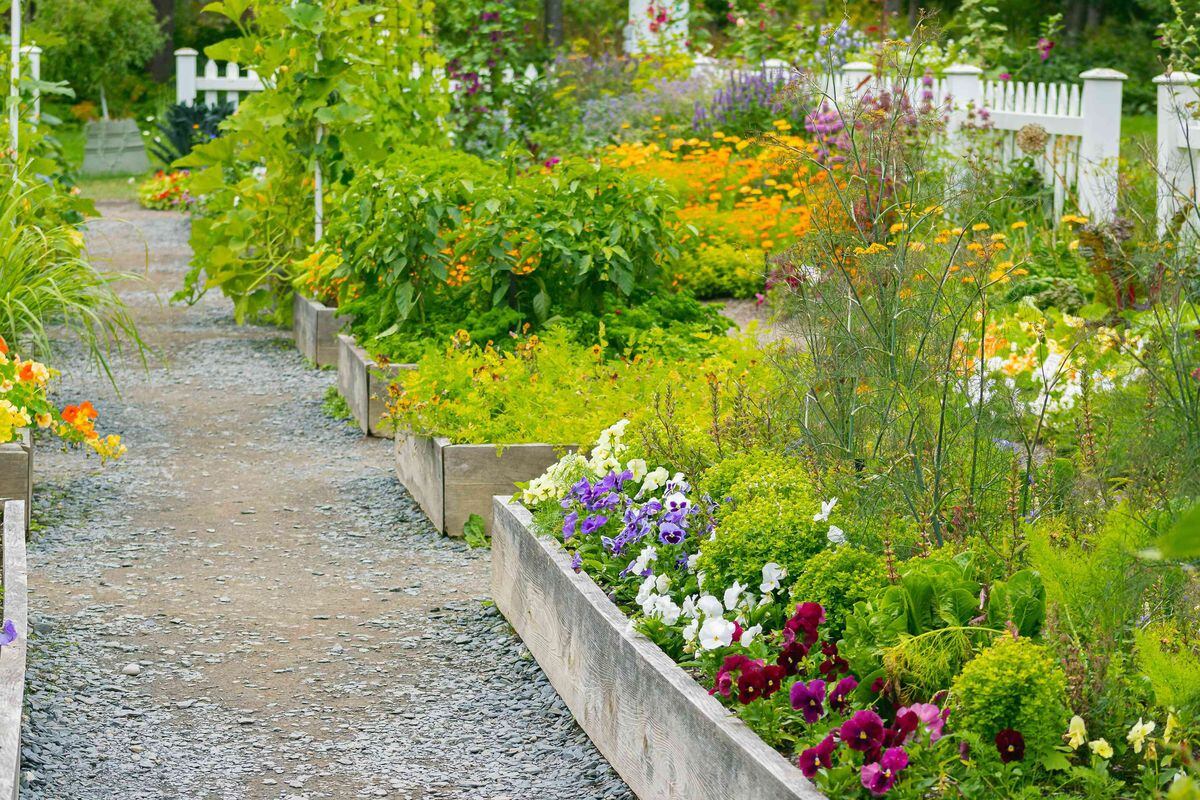
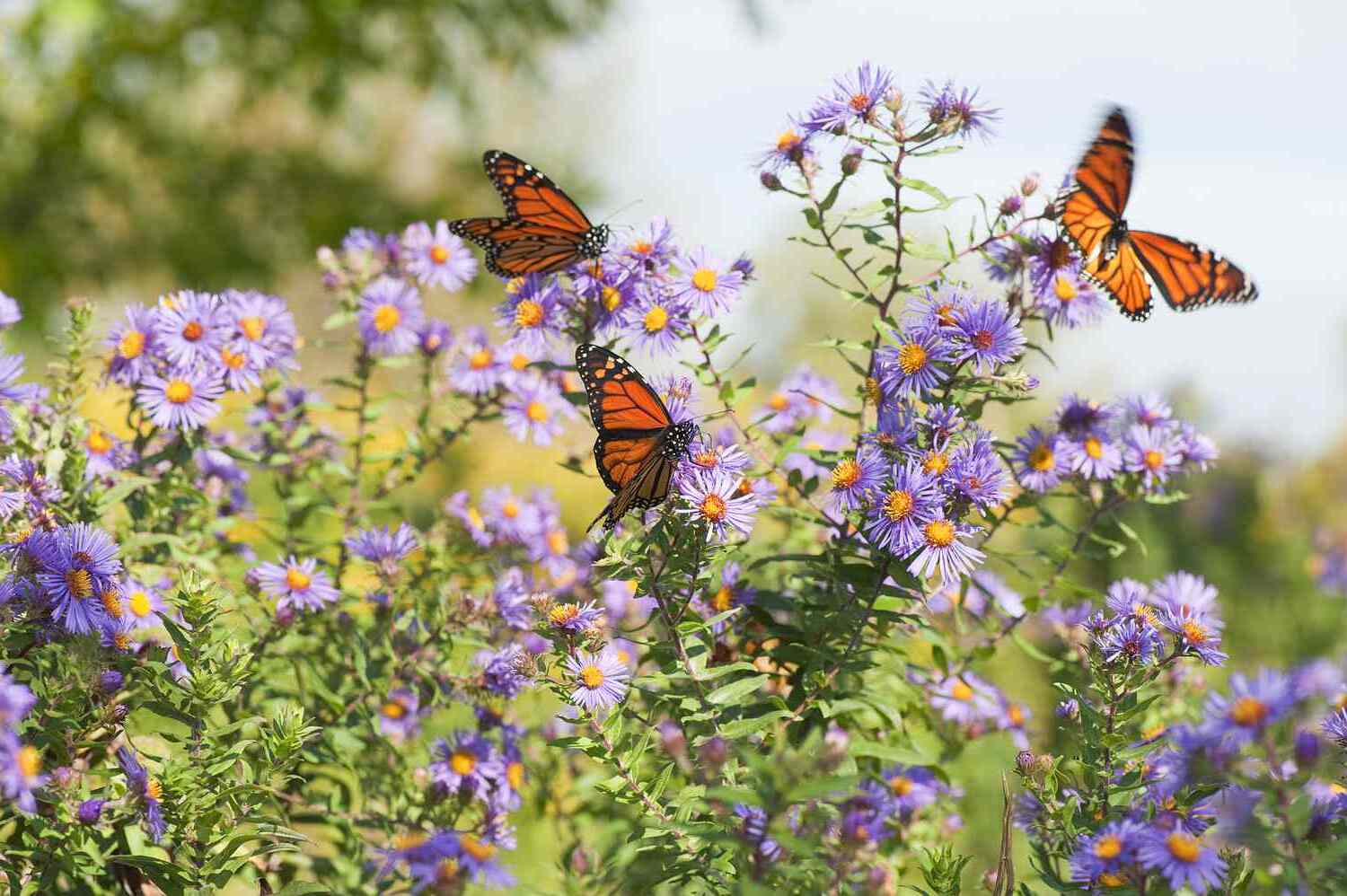
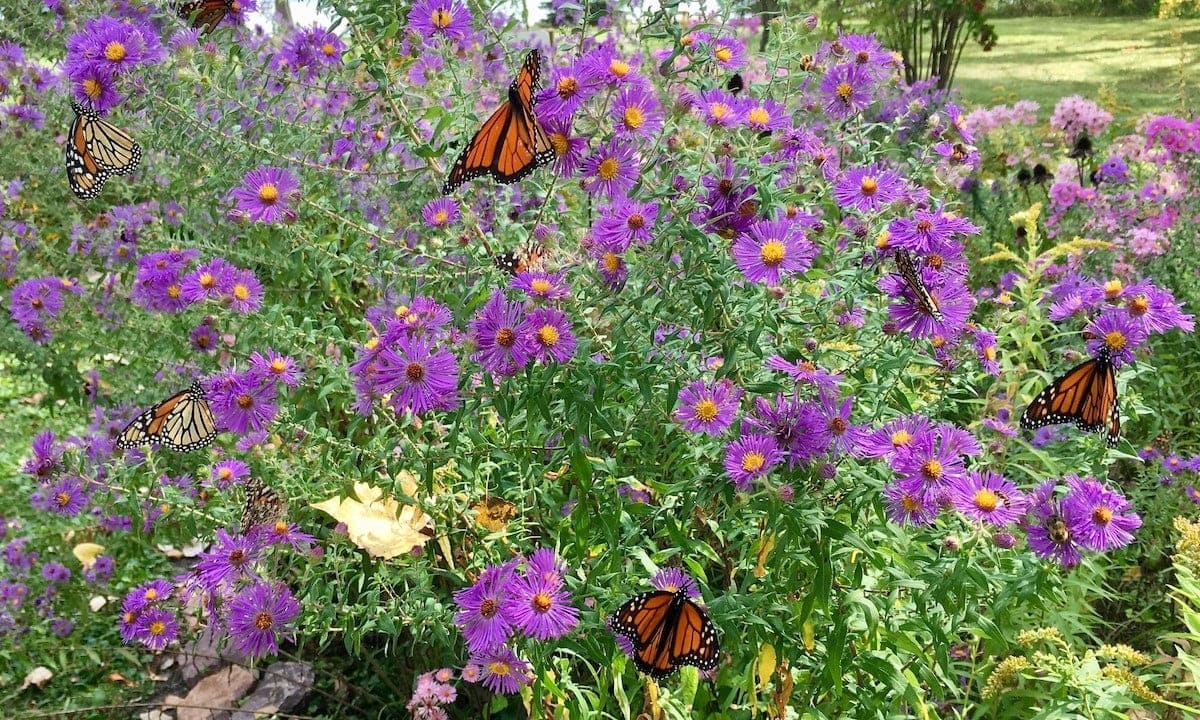
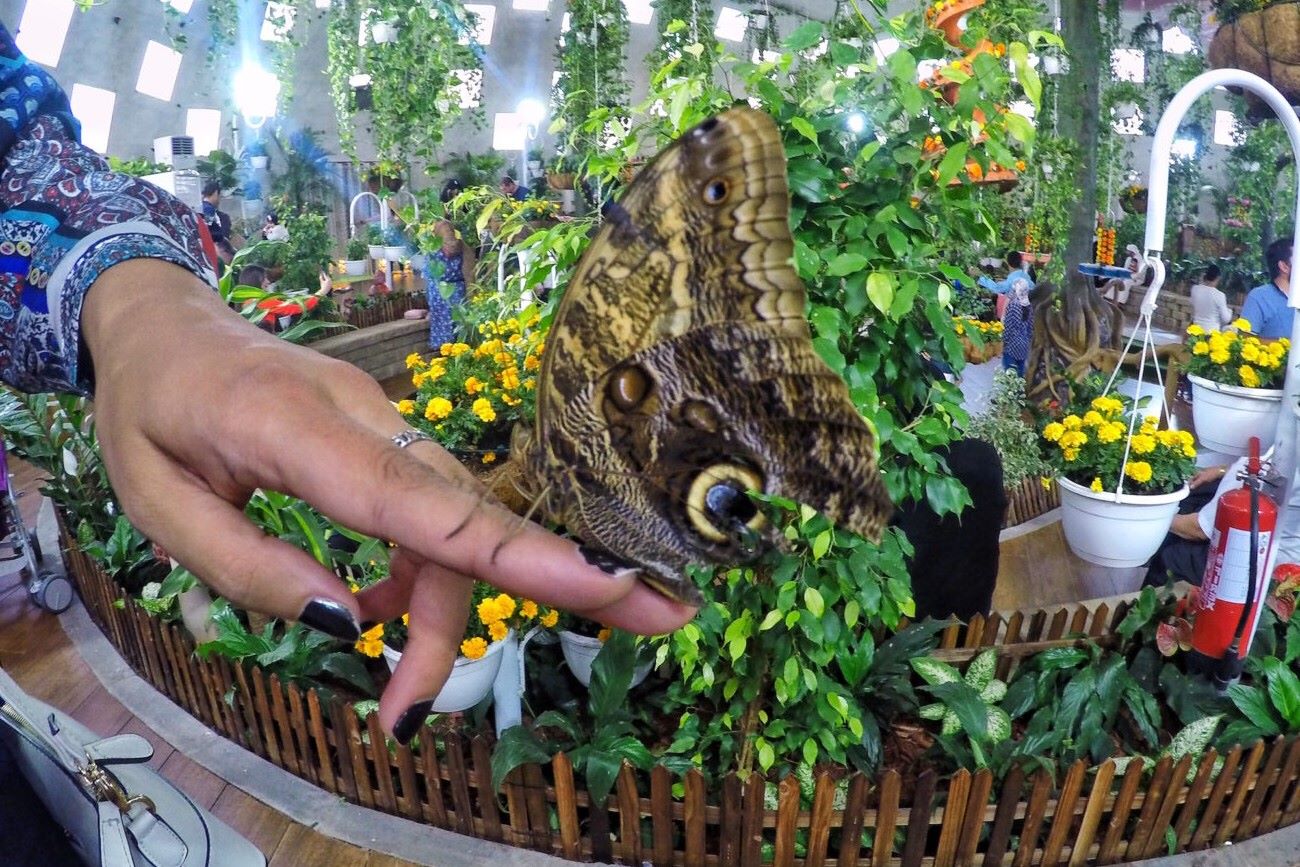
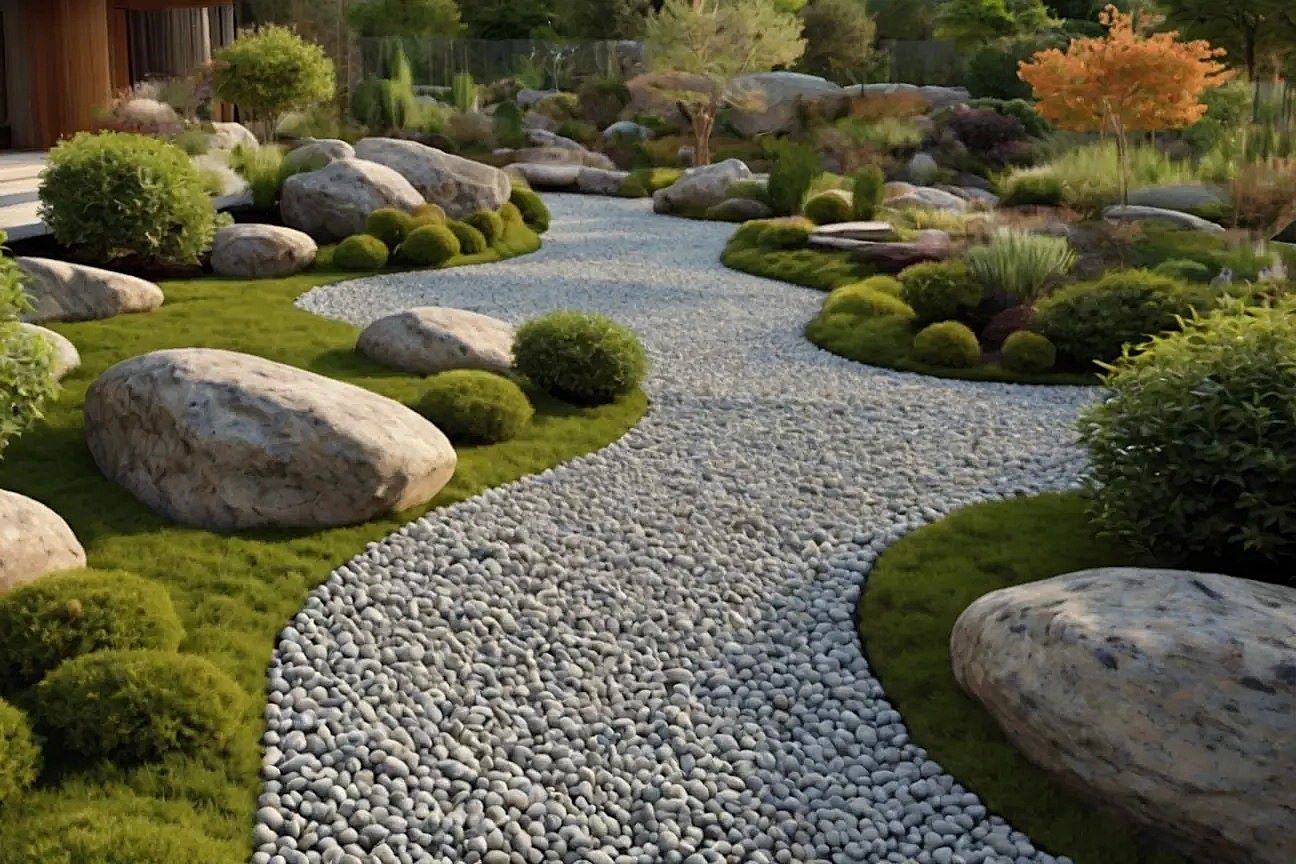
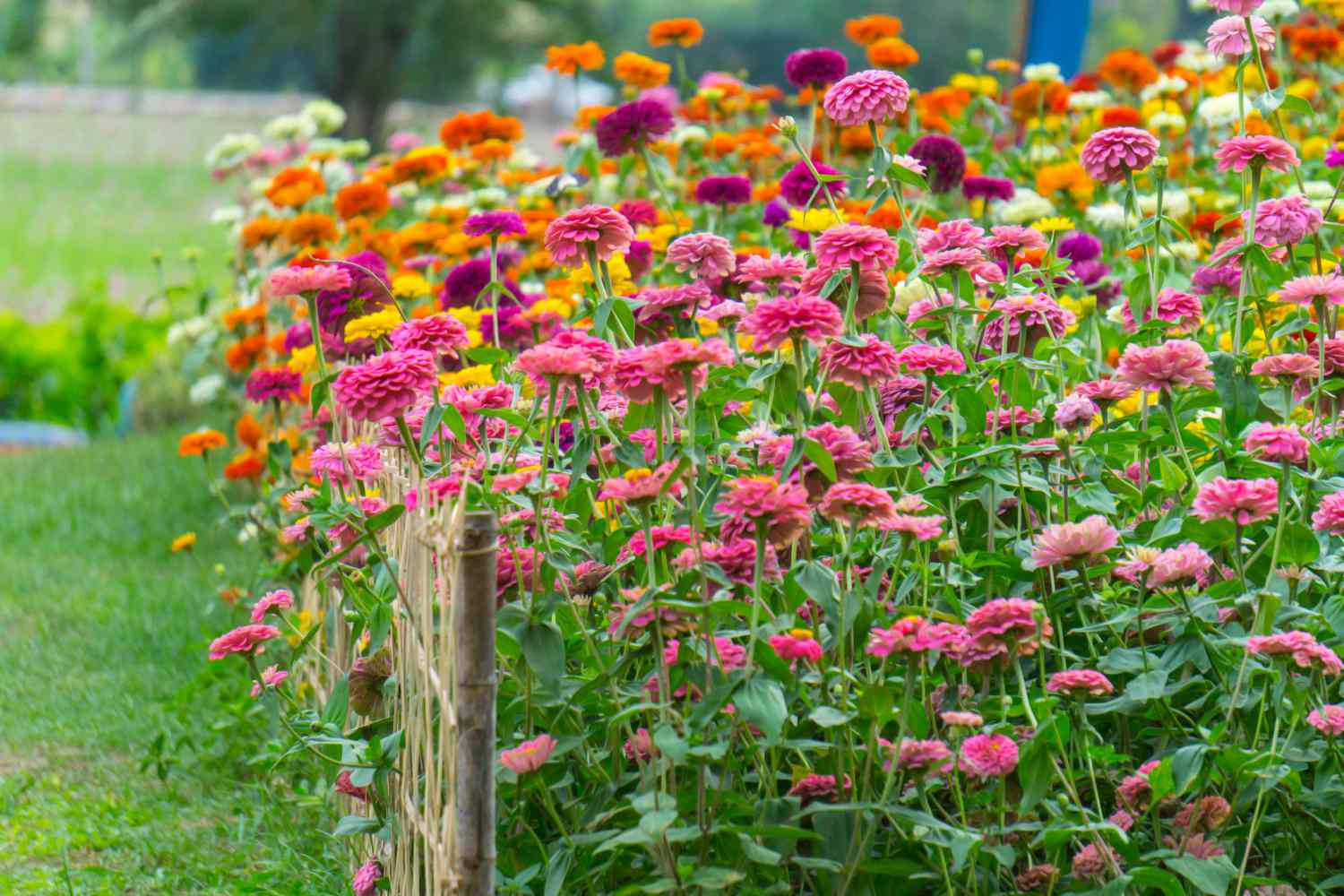
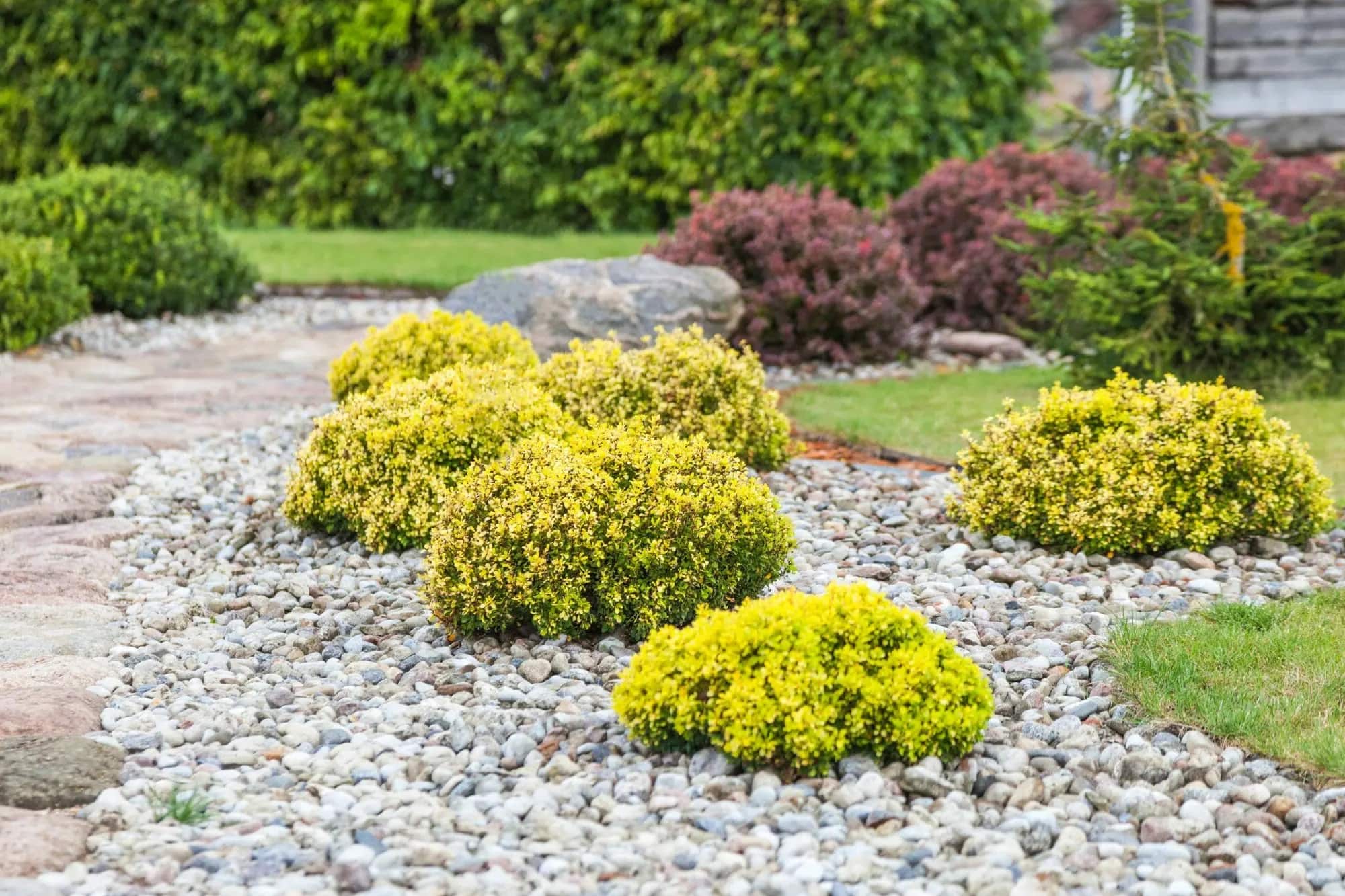
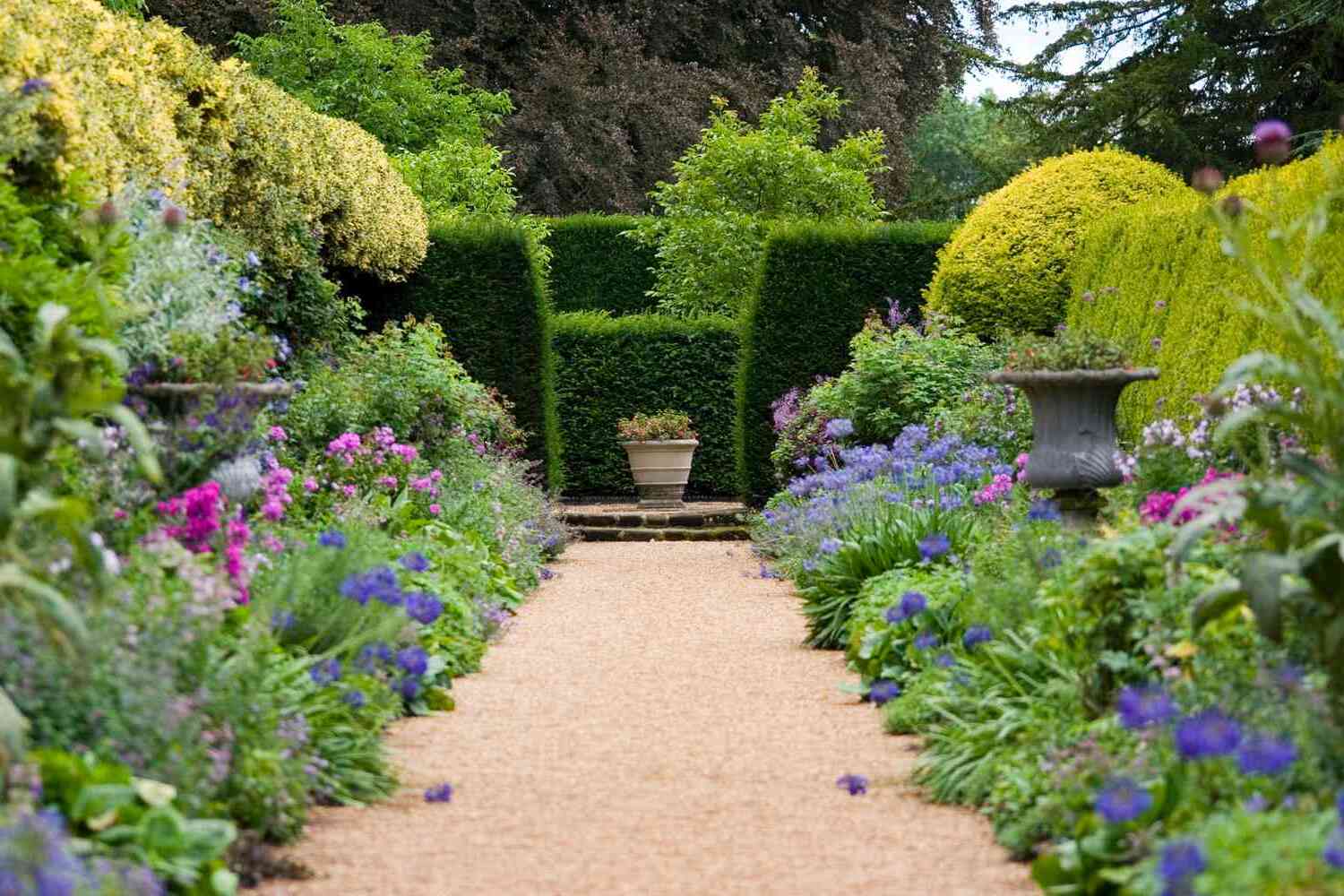

0 thoughts on “How To Design A Butterfly And Hummingbird Garden”